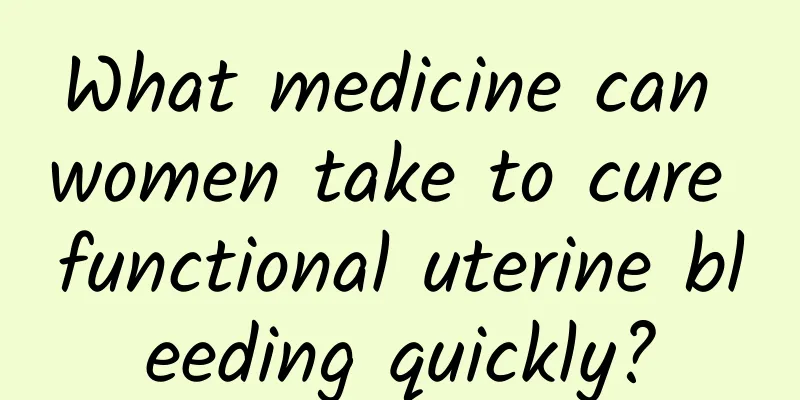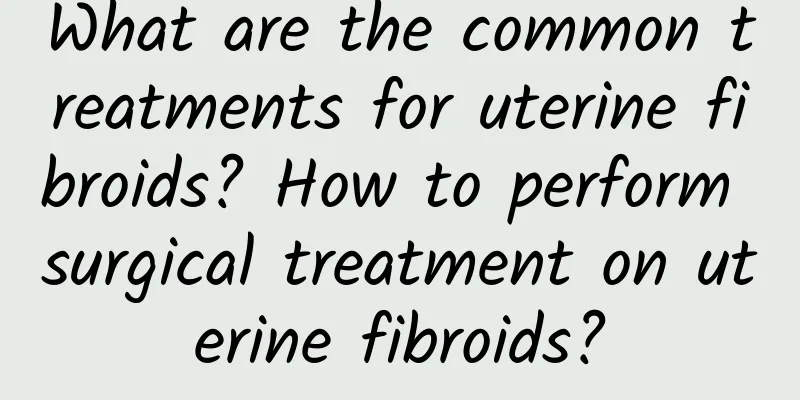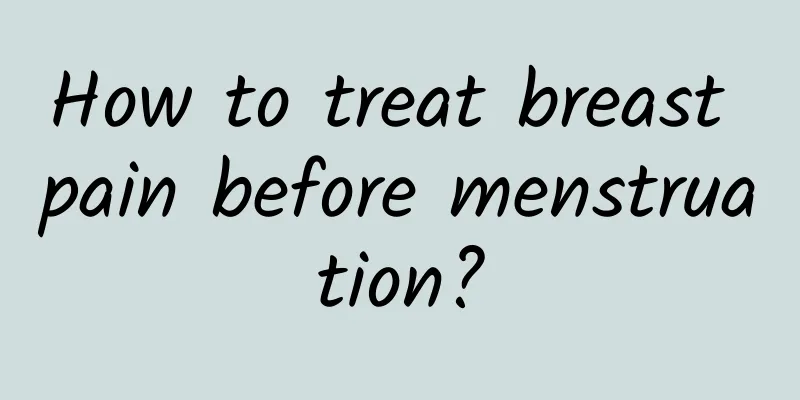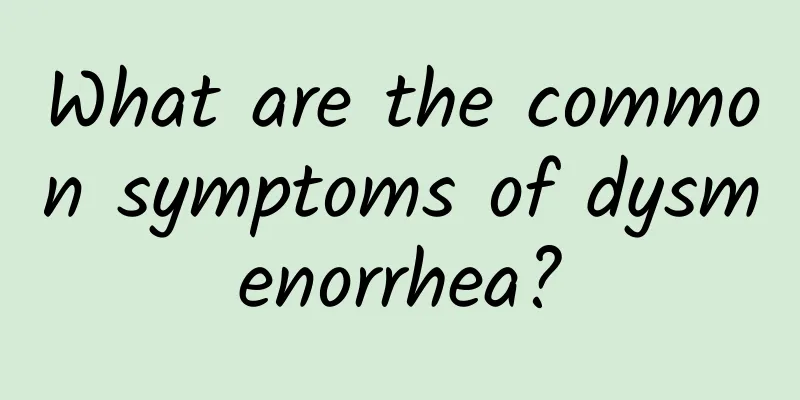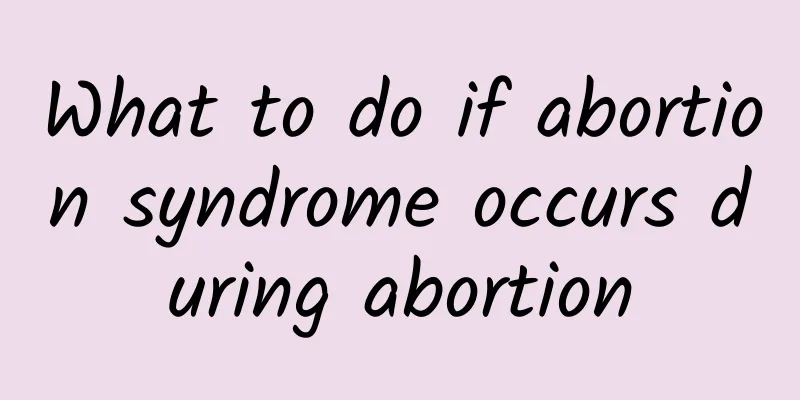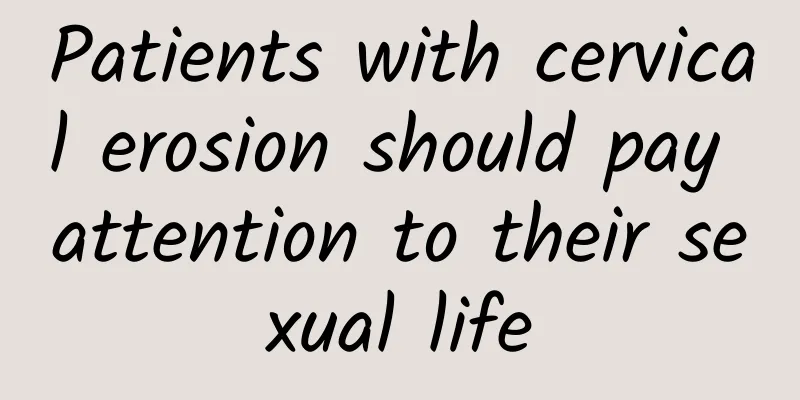What are the dangers of pregnancy with uterine fibroids? Will pregnancy with uterine fibroids have adverse effects on fertility?
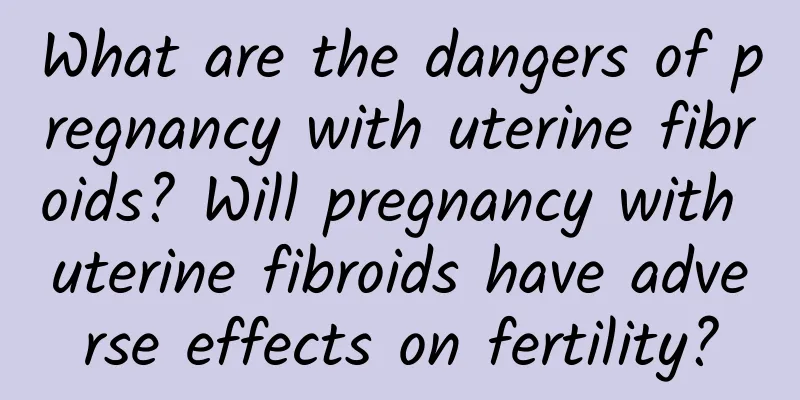
|
Pregnancy with uterine fibroids has adverse effects on fertility. It can cause miscarriage in early pregnancy, especially for submucosal uterine fibroids. In the middle and late stages of pregnancy, in addition to the effects of uterine fibroids on pregnancy, the effects of pregnancy on uterine fibroids also need to be considered. There are three types of changes in uterine fibroids during pregnancy: enlargement, no change, shrinkage or disappearance. In most cases, it is not difficult to understand that uterine fibroids will gradually increase with the increase of pregnancy weeks. Since the blood supply to the uterus will increase significantly after pregnancy, and estrogen and progesterone have a growth-promoting effect on uterine fibroids, ultrasound examinations after pregnancy will reveal an increase in fibroids. During the growth of uterine fibroids, a small number of patients grow too fast and the blood supply cannot keep up, resulting in ischemia and necrotic degeneration of the fibroids. The more common degenerations are cystic degeneration and red degeneration. Cystic degeneration refers to necrosis, liquefaction, and cystic tissue of the fibroid tissue, which generally has no obvious symptoms. Red degeneration is due to the rapid change in the volume of the fibroid, rupture of blood vessels, bleeding, and diffusion of blood into the tissue. The clinical manifestations are acute abdominal pain and fever. Examination often finds that the volume of the fibroid has increased. In some patients, uterine fibroids may shrink or even disappear after pregnancy. This is mainly due to the gradual absorption of the fibroids after necrosis and degeneration. Therefore, it is not surprising to find that the fibroids have disappeared after an ultrasound examination. If the uterine fibroids are not large and do not block the birth canal, vaginal delivery is possible. Just pay attention to the contraction of the uterus after delivery. Sometimes uterine fibroids can affect uterine contraction and cause postpartum bleeding. However, if the fibroids block the birth canal and require a cesarean section, it is generally not recommended to remove the uterine fibroids at the same time. Of course, if the fibroids are only located in the lower incision of the uterus, or most of them are located under the serosa, the fibroids can also be removed. When the amount of amniotic fluid is normal, there will always be a certain amount of space for the fetus to grow and develop, and it will not directly compress the fetus and cause deformities. In short, the treatment principles for pregnancy complicated by uterine fibroids are generally observation and conservative treatment. After delivery, the location and size of the uterine fibroids should be re-evaluated to decide whether to perform surgical treatment. |
>>: What are the hazards of pregnancy complicated with uterine fibroids?
Recommend
Why does uterine effusion last for a long time?
For diseases like uterine effusion, each of us sh...
Women with irregular menstruation should beware of ovarian function degeneration
Irregular menstruation is a common symptom of end...
How to perform instrumental examination for dysmenorrhea and what are the methods?
Regarding the examination of dysmenorrhea, it can...
Is ovulation bleeding normal?
Is ovulation bleeding normal? During the ovulatio...
Will pregnant women have miscarriage if they eat longan?
Will eating longan cause miscarriage? We all know...
There are many factors in life that can cause cervicitis.
Speaking of cervicitis, I believe many female fri...
How to perform an abortion
How is an abortion performed? Abortion is divided...
What are the early symptoms of pelvic inflammatory disease? Feeling pain in the lower abdomen
There are many types of gynecological diseases, a...
What are the symptoms of uterine fibroids?
What are the symptoms of uterine fibroids? First:...
Why do uterine fibroids sometimes disappear suddenly?
Why do uterine fibroids sometimes not appear? Ute...
How to check for miscarriage? You need to do these tests
If you want to have an abortion, you first need t...
What ointment is better for vulvar leukoplakia
There is no best ointment for vulvar leukoplakia....
Revealed: The cause of cervicitis is inseparable from high concentration solution
According to the survey, the number of patients w...
Can men take Xiaoyao Pills? Yes.
Xiaoyao Pills are also suitable for male friends....
What is chocolate ovarian cyst? What disease should be differentiated from it?
Patients with ovarian cysts should actively treat...

